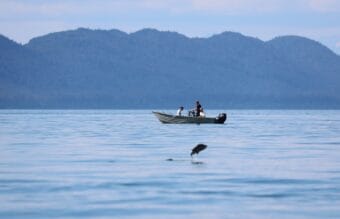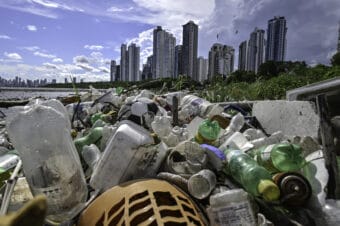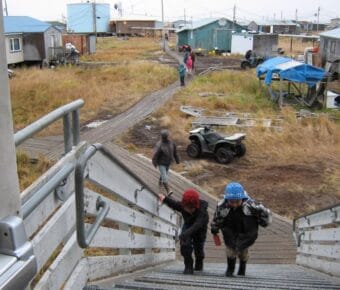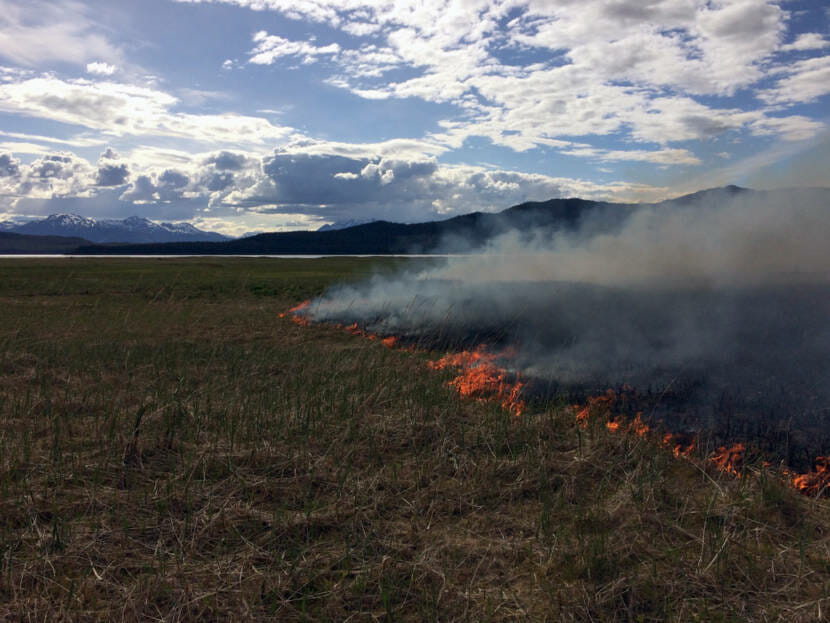
A multi-year drought that hit Southeast Alaska before the pandemic had such wide-ranging effects that a group of scientists has just finished studying it.
In 2019, extreme drought was recorded for the first time in Southeast Alaska. But it’s hard to gauge drought in one of the wettest places in North America.
“Drought is relative. At no point did Southeast look like what people often think of as drought — you know, a dried up Kansas cornfield,” said Rick Thoman, a climate specialist for the Alaska Center for Climate Assessment and Policy at the University of Alaska Fairbanks.
Much of Southeast Alaska is a temperate rainforest. Ketchikan has about five times the average rainfall as the rest of the state — up to 160 inches per year.
“Southeast Alaska is built for lots of precipitation,” Thoman said. “And so even though 100 inches of precipitation in a year in most places in the United States would be an immense amount of precipitation, in southern Southeast it isn’t. And so it had impacts to people, to the whole ecosystem.”
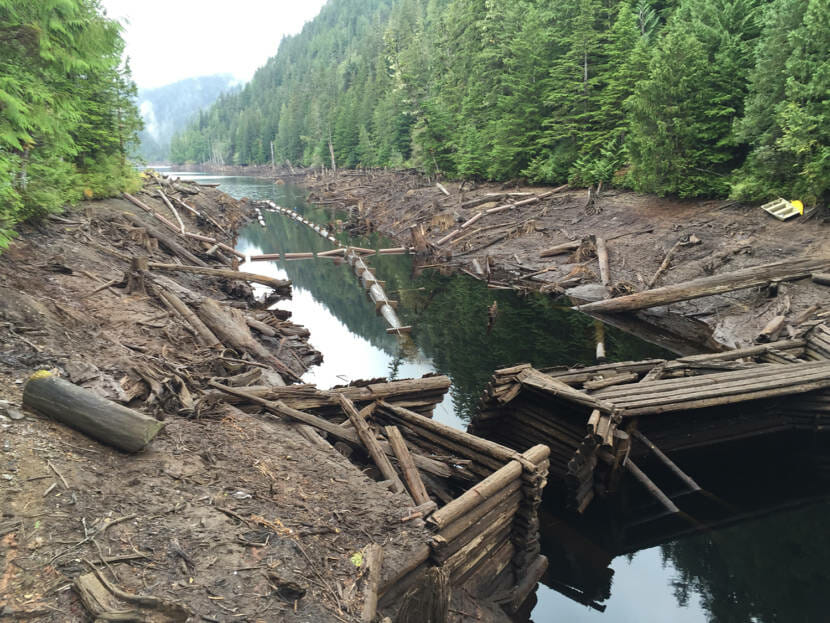
For example, many southeast communities rely on hydropower for electricity. In 2019, Ketchikan had to run on backup diesel generators for months. By one estimate, it cost more than a million dollars. Petersburg and Wrangell burned diesel, too.
Thoman said warmer temperatures from climate change made this drought more severe. Heat threatened salmon hatcheries in Juneau. The berry season was sparse. An insect called the Hemlock sawfly took advantage of dry summers to eat the needles off of half a million acres of trees in the Tongass.
So a group of scientists called the Southeast Alaska Drought Project, a partnership between Alaska scientists and the National Oceanic and Atmospheric Association, documented and analyzed what happened. He says their work on the 2016-2019 drought will be an important one-stop resource for Southeast communities when the next one hits.
They’re releasing their findings on a characteristically wet year.
“Right now, no one in Southeast is thinking about drought. But we know it’s going to happen again. And we know, we just have lived through how impactful it can be,” said Thoman.
He says it’s also important to put this particular drought in context.

Andrew Hoell studies hydro climates across the globe for the National Oceanic and Atmospheric Administration.
“Droughts of this kind have happened in the past. It’s just a drought like this hadn’t happened in our society as we see it today,” Hoell said. “The population had grown accustomed to getting that normal delivery of precip, and then it got dry, and then the impacts were pretty profound.”
So profound, in fact, that the United States Department of Agriculture redefined drought metrics for the region in 2019.
The researchers say more droughts are coming, but maybe fewer and further between. Climate trends indicate the region will warm and get wetter overall.

